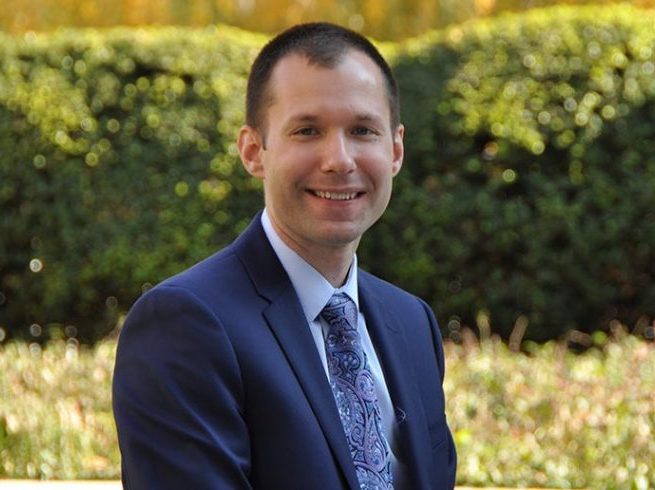By Cailin McKenna

MARSEILLE, FRANCE — Last month, French Justice Minister Christiane Taubira stepped down from her position following a major disagreement with many leading government officials. The disagreement spurred from a piece of legislation that, if passed, would strip individuals convicted of terrorism of their French citizenship. The proposal came two months after the Islamic State led attacks on Paris on the evening of Nov. 13, which claimed the lives of nearly 130 people.
In the weeks that followed the attacks, a manhunt ensued across France and its bordering countries in search of the attacks’ organizers, several of whom held French citizenship and several of whom had entered the country as refugees.
As a result, many governments around the world have called for tighter regulations on the immigration of refugees. Further complicating the discussion is what to do with the millions of refugees fleeing Syria and other regions of political unrest around the world. The conversation has dominated international headlines, and led to greater polarization on the issue of immigration from the Middle East into Europe.
Like most of Europe, France is home to a large immigrant population. Today, about 8.8 percent of France’s population is made up of immigrants, arriving annually from other parts of Europe and North Africa.
In recent years, the French government has become increasingly split on the issues regarding its large immigrant population. The French values of liberty, equality and fraternity are swiftly being trumped by a larger emphasis on laïcité, or the separation of church and state. In the last decade, the government has passed laws banning religious symbols — namely the hijab — in public schools and buildings.
This growing anti-Islamic rhetoric has been met with backlash from France’s large Muslim population, which has manifested itself in violence throughout the country. In 2005, a series of riots broke out in the suburbs of Paris among disadvantaged youth, many of North African origin, protesting high unemployment coupled with growing religious tensions across the country. More recently, the Jan. 2015 Charlie Hebdo attacks left 11 dead and another 11 injured, attacking freedom of speech and calling international attention to the growing religious tension in the country.
As France continues to demand that immigrants leave behind their culture in their private lives and assimilate into the French language and way of life, the nation’s second largest and oldest city, Marseille, has taken a different approach to immigration.
Much like Paris, a majority of the city’s population immigrated to France. A recent census of the city found that of the 900,000 inhabitants, Marseille is home to over 200,000 North African immigrants and another 250,000 Italian and Corsican immigrants.
However, unlike Paris, the culture of Marseille has been built on preserving the differences among its unique population. The differences are so apparent in Marseille that the city is more defined by the cultures of its Arab and Italian immigrants than by its French nationality. In the streets of Marseille, you’ll hear French, Arabic and Italian. In many of the city’s most popular restaurants, you’ll find Italian and Arab dishes rather than the French classics like escargot and frog’s legs.
The differences between this major port city along the Mediterranean and Paris extend far beyond the walls of the rivaling Olympic Marseille and Paris Saint Germaine stadiums, tracing back to the centuries-old rivalry between the North and South and the French and the not-so-French.
In many ways, Marseille is not a part of France. Ask any Parisian about the South of France and you’ll be met with snide remarks about how Marseille is a country in itself. And the Marseillais would most likely agree with the idea that they exist apart from the rest of France.
The Marseillais have their own variation of the bis – the confusing French salutation – kissing from left to right instead of the Parisian right to left, only to set themselves further apart from the rest of France. However, without a doubt, the greatest difference between France and Marseille is its relationship with its immigrant population.
And while the rest of France looks down on the Marseillais, this unique population has continued to grow and make a name for itself. In 2013, Marseille joined the ranks of some of Europe’s most prestigious cities and was named a European Capital of Culture. Since 2013, the tourism industry has expanded and the city of Marseille has seen a boom in social and economic development, including the opening of MuCEM, an art museum focusing on Mediterranean civilization.
Marseille is a melting pot, un creuset, a crossroads of cultures and languages. And while it may not be a typical “French” city, it may be on to something by catering to its immigrant populations and not forcing them to assimilate. As the rest of Europe comes to grips with the influx of immigrants from around the world, Marseille offers a new perspective and a new vision on not only how a multicultural city can exist, but how a multicultural city can thrive.






































































































































































































